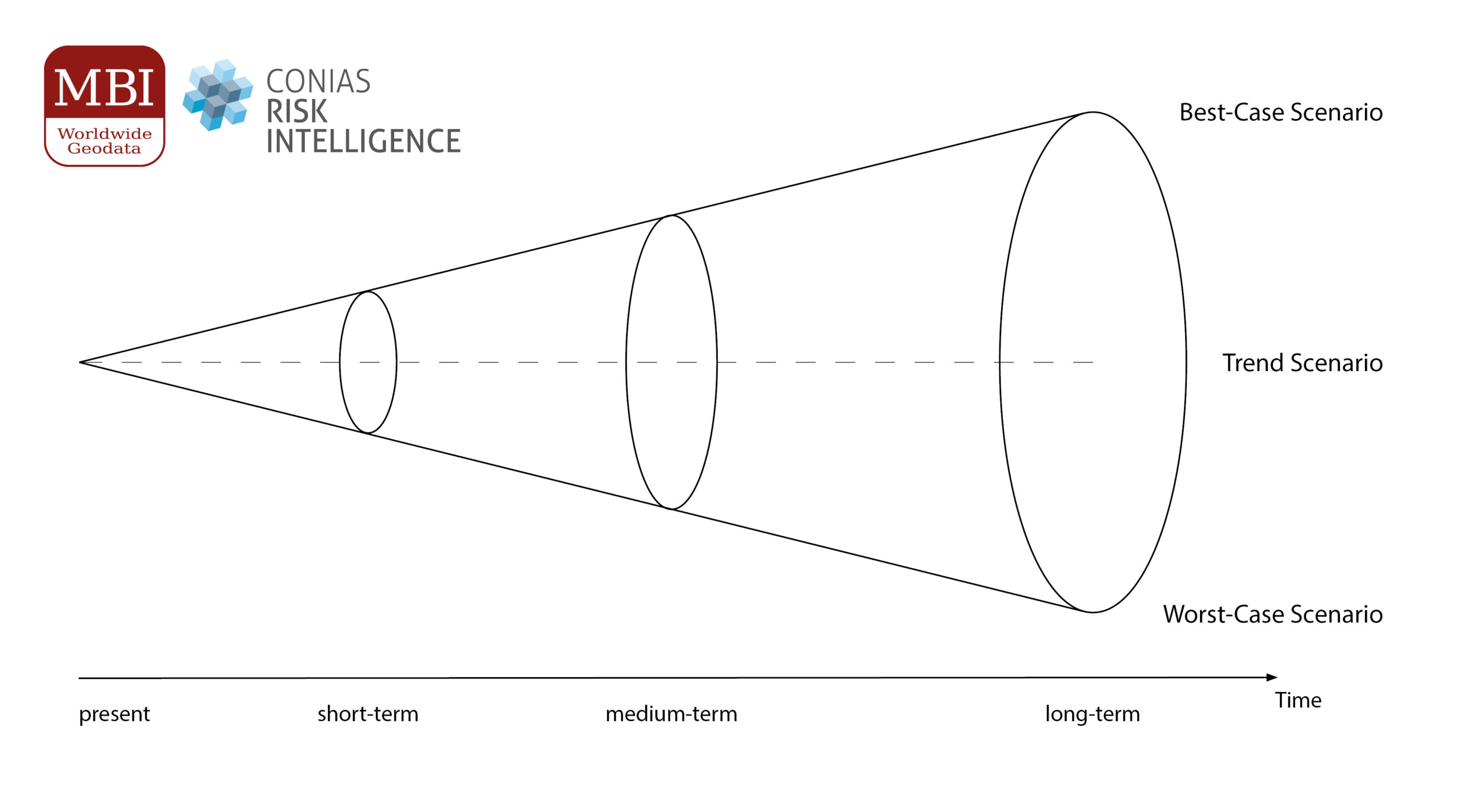
The current military situation (as of March 3, 2022) is that Russia is attacking Ukraine using Belarusian territories from three directions and is invading the country. The army's movements are accompanied by air and missile attacks, which also hit the west of the country. In recent days, there have been increasing reports and expert assessments that the attack is not going as planned by Russia. Probably accidentally published official Russian congratulatory letters from subordinate authorities suggest that Russia wanted to have the country largely under control and cease hostilities as early as February 28, 2022. In addition, there are the after-effects of the war, such as a great unity of NATO, a huge rearmament program in Germany, the most severe sanctions that have been imposed on a country – in this case Russia – in decades, and the condemnation of Russia by the UN General Assembly. In addition, there is a possibility that Finland and Sweden will abandon their decades-old stance and dare to join NATO after all – the current balance is not positive for Russia, despite all land gains in Ukraine.
In situations like these, that are highly complex and not solely determined by rational decision-making processes, and in which many different further developments appear possible, the scenario technique is recommended. In this case, roughly simplified, the decisive factors that can influence the outcome and further development of the current situation are determined after an actual analysis. Of the many conceivable possibilities, those that determine the two extremes are analyzed first: The best conceivable and possible outcome and the worst conceivable and possible outcome. When selecting the scenarios, the probability of occurrence is not taken into account – it only has to be given, but not high. If the assumptions made are correct, the situation will continue to develop between these two extremes and all the actors involved can adapt their strategies for action to these situations and gradually realign them if there are further developments. As in the present case, a third possibility is usually outlined, which shows how the situation is most likely to develop from the current point of view.
Worst-case scenario: “Further escalation and internationalization”
Due to the current unsatisfactory development of the conflict from the Russian point of view, increasing frustration could spread among the Russian leadership. This could be exacerbated by the fact that the balance of power is slowly developing to Russia's disadvantage as a result of substantial arms deliveries from the West to Ukraine. Since the Russian president has already threatened unprecedented consequences for countries that stand in Russia's way in the conflict, his threat could have concrete consequences in this scenario. A buildup of troops on NATO's eastern border in Belarus and in Russia toward the Baltic States could represent a further stage of escalation. A maximum event would be the use of a tactical nuclear bomb against Ukrainian units, possibly near the NATO flank. While this “maximum” escalation without taking direct action against NATO forces seems difficult to imagine, it is now within the realm of possibility, especially after Putin reiterated his intention to control all of Ukraine in talks with French President Macron. If communicated accordingly, such an action would presumably result in a cessation of Western support for Ukraine to prevent the situation from escalating further toward nuclear war.
Trend scenario: “Negotiated settlement after fighting”
In this scenario, which is classified as a trend scenario based on currently available data and findings (as of March 3, 2022), Russia acknowledges after a prolonged period that it will not achieve complete military victory. To prevent an “Afghanistan 2.0” (reference to Soviet occupation of Afghanistan in the 1980s with grueling guerrilla tactics by the Taliban, which severely hurt the Soviet Army and ultimately led to its withdrawal), a negotiated settlement with Ukraine is being sought. After tough negotiations, possibly mediated by China, Ukraine cedes the Crimean Peninsula and the eastern oblasts of Luhansk and Donetsk to the Russian Federation or to newly formed republics. Ukraine also pledges neutrality. In return, the EU concludes an immediate program with Ukraine within the framework of candidate status (extended EU Association Agreement, access to the internal market, etc.). Perspectively, the way is clear for Ukraine to join the EU.
Best-case scenario: “Collapse of the Russian front line – cessation of fighting”
The looming failure against the background of a hoped-for quick control over the entire Ukraine is putting pressure on Putin and his power apparatus. The “soldiers' mothers” play an important role in the resistance of the civilian population against the war. They denounce the high casualties in Ukraine and form a significant grouping against Putin together with other oppositional and progressive forces. In parallel, financial and economic sanctions are working unexpectedly effectively against the Russian economy, which is in danger of collapsing. Unemployment, old-age poverty and inflation are demoralizing even the rural population and making it increasingly difficult for the state media to justify Putin's course. As a third development, more and more oligarchs from Putin's circle are breaking away from him as they begin to feel substantial cuts in their freedom to travel and their wealth. Should enough Security Council figures feel that Putin is no longer worth holding on to, a coup against the president and a reorientation of Russian foreign and security policy would be conceivable in this best-case scenario from a Western perspective.
In order to better assess and classify challenges in the context of political risks, we are offering our new MBI CONIAS Academy starting this year. In our seminars, we impart special knowledge about political risks to enable participants to create transparency for their companies and to minimize risks along the entire value and supply chain. We would also be happy to support you with your individual questions if required. Please feel free to contact us.
About the authors:
Dr. Nicolas Schwank & Leon Seydel
CONIAS Risk Intelligence
Michael Bauer International GmbH


